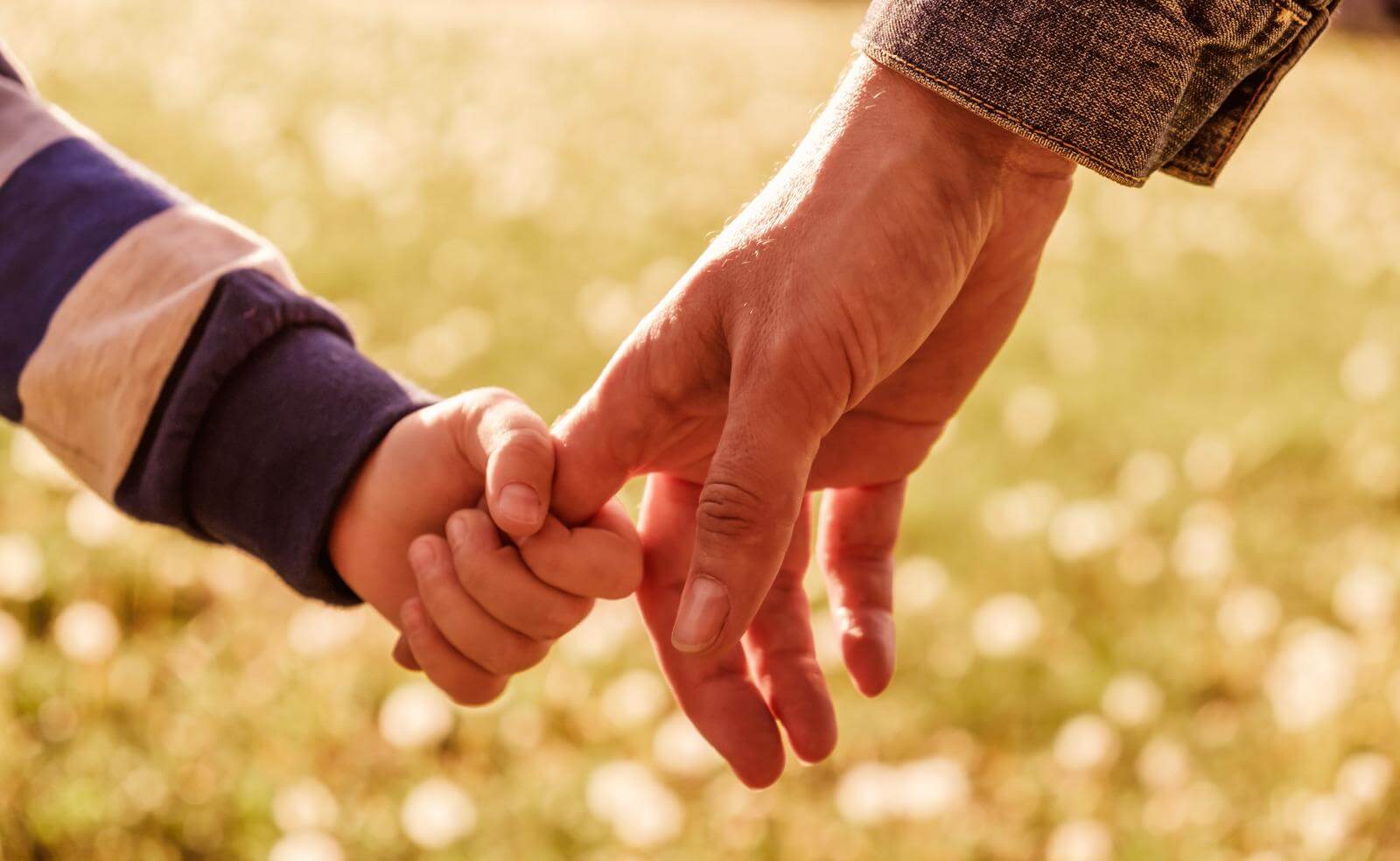How early attachments can impact future relationships
By Suzanne Walker
History:
British psychologist John Bowlby is largely credited with developing modern ‘Attachment Theory’, through his keen interest in child development. His pioneering work, along with others such as Mary Ainsworth, focused on early attachments with primary caregivers: most often, parent(s). He believed that the quality of early attachment impacts on future relationships. Attachment styles are generally viewed as secure or insecure. Secure attachments form when a child receives attuned and sensitive care-giving, as an appropriate response to their care-seeking. Insecure attachments, conversely, occur when attuned care-giving is lacking in some way, whether by being inconsistent, absent, or controlling. It may, for example, be anxious, fearful and/or over-involved.
Attachment styles:
“Life is best organised as a series of daring ventures from a secure base.” John Bowlby
There are variations to be found of the attachment styles described below, but these four (as termed by Bowlby), are a useful and relevant overview;
Secure Attachment – understands their own mind and emotional needs. Has strong, but flexible, boundaries and can understand and attune to others’ needs. Can handle conflict in a relationship, appreciating that negotiation and compromise may be required. Enjoys intimacy in relationships but has a well-developed ability to self-soothe. Care-givers were “good enough”, displaying mostly sensitive, attuned care.
Anxious Attachment – values closeness in relationships and can be highly attuned to others needs, but can struggle to communicate own needs calmly and clearly, due to anxiety and intensity of feelings. May be pre-occupied with attachment relationships, to detriment of ‘self’. Prone to jealousy and clingy behaviour; if own needs are not met, can ‘act out’ e.g. through angry withdrawal. Care-giving was inconsistent and/or the child was overly-involved in the care-givers emotional world.
Avoidant Attachment – attachment needs are supressed; intellect and achievement are prioritised over emotions/relationships. Outwardly, can appear to be highly self-reliant, and often high-functioning. Struggles to be vulnerable and intimate, often with few or no close relationships. Can be dismissive/critical of others, in an effort to keep them distant. Care-givers consistently rejected child’s care-seeking and/or were overly controlling and intrusive.
Disorganised (Fearful) Attachment – strong desire for intimate relationships but with a fundamental mistrust of others. Trapped in an ‘approach-fight-flight’ response. May pull away in relationships if they feel overwhelmed or rejected, blaming themselves, or others. Inconsistent in relationships – can be submissive or controlling. Care-givers were frightening or frightened, or both, often with unresolved traumas. Substance abuse and/or abuse is common.
How can therapy help?
If we are struggling to maintain relationships, it could be that we have a more insecure style of attachment. Attachments can vary throughout our lives and we may not relate to others from just one style. Therapy can help us better understand our attachment style(s), behaviours and how they were developed in childhood. By creating a safe and trusting relationship between therapist and client, it is possible to support the client to develop more secure attachments, through ‘earned security’. In other words moving from a sense of feeling un-safe, un-seen and un-soothed, to feeling safe, seen and soothed. It can also help us to understand the attachment styles of others, if for example we are more secure and a friend or partner is more insecure.
Resources: Attachment and Loss (3 volumes); John Bowlby
Attachment Across the Lifecourse, A Brief Introduction; David Howe
Attachment Theory (4-part training); The Bowlby Centre

